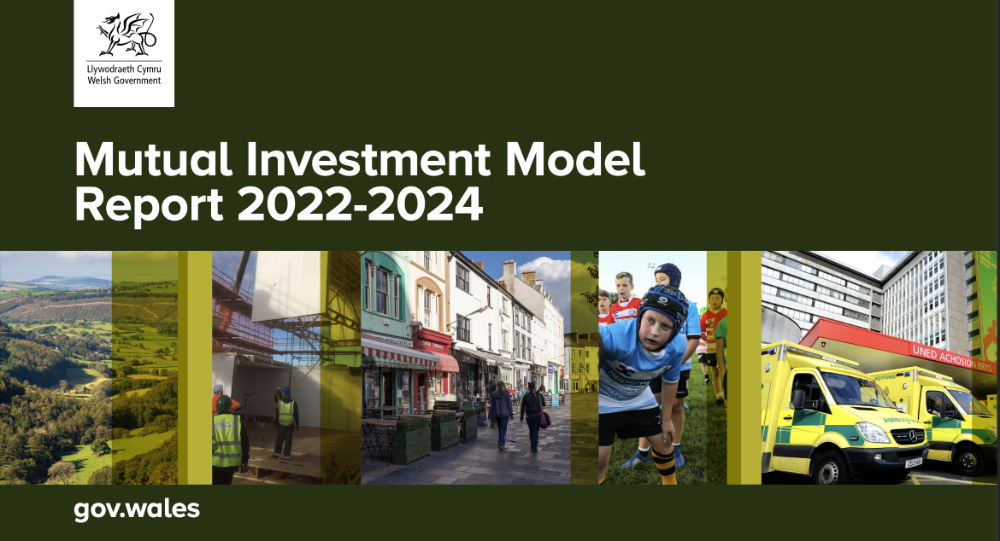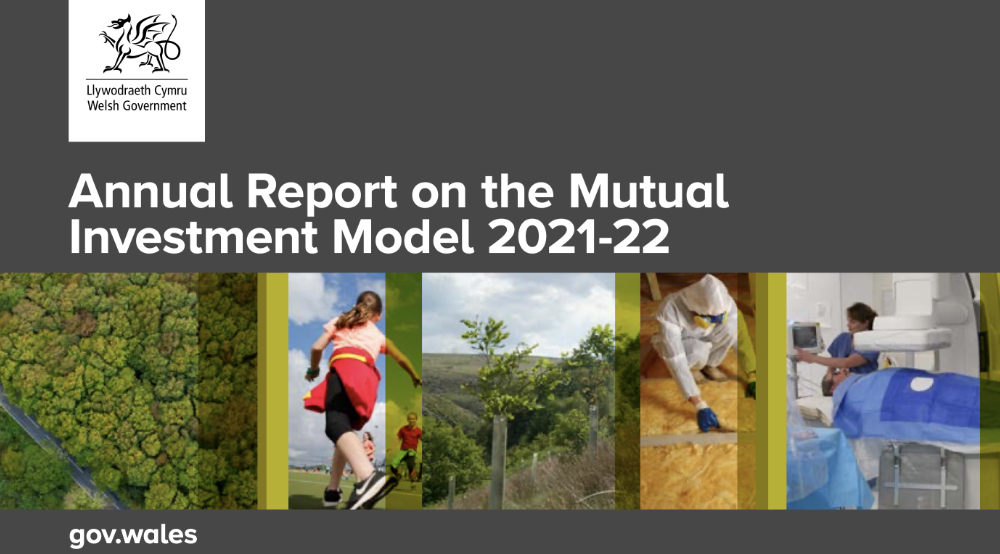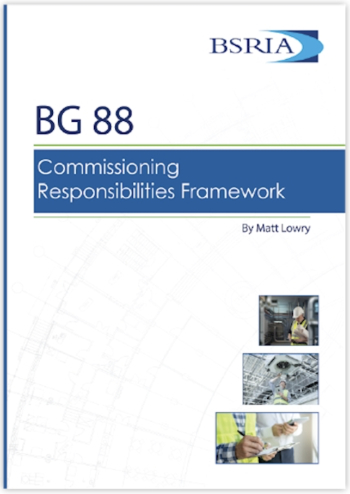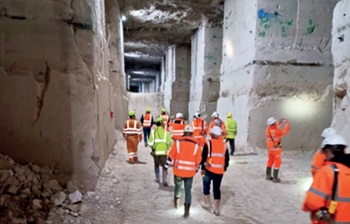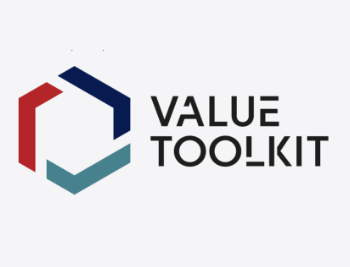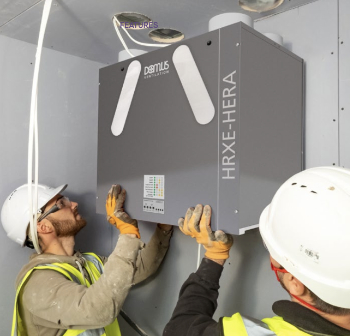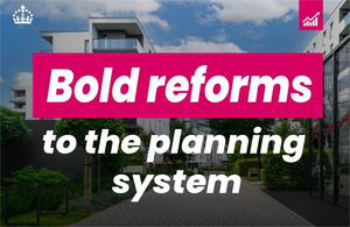Mutual Investment Models MIM
Contents |
[edit] Background to Mutual Investment Models in Wales
Mutual Investment Models (MIM) were designed by the Welsh Government, and initially launched in 2017 as a mechanism to finance major capital projects where there is a scarcity of capital funding. They may be considered in a category of public / private investment models along with Public Private Partnerships (PPP) and Private Finance Initiatives (PFI), but have elements that differ.
MIM aims to improve public services by financing major public projects and supporting additional investment in social and economic infrastructure, it differs from traditional PPP/PFI by removing elements that do not promote the public interest whilst maintaining elements of best practice.
The first MIM report was published by the Welsh Government in July 2022 and described their activities over the period June 2021 to June 2022.
The second Mutual Investment Model Report 2022-2024 (see top image) was published in May 2024, both reports highlight a number of different characteristics of Mutual Investment Models (MIM) along with examples of use in current projects in Wales.
[edit] Mutual Investment Models as enhancements
The key elements of PPP/PFI which have been enhanced in the MIM are outlined and described in the above reports as:
- "optimum risk allocation, whole-life costing, and performance-based payments – while ensuring that new investment is classified to the private sector
- private partners being obliged to help deliver the objectives of the Well-being of Future Generations (Wales) Act 2015 – including a focus on long-term sustainability and environmental efficiency
- financial and contractual remedies for non-delivery of stretching community benefits
- a mandatory commitment to the Welsh Government’s ethical employment code
- value for money as a core objective
- excluding provision for soft services (e.g. cleaning and catering) and capital equipment (e.g. specialist equipment for medical facilities), which led to expensive and inflexible contracts in the traditional PPP/ PFI model
- the public sector investing a small amount of risk capital in each scheme, ensuring a participation in any return on investment; and the appointment of a public sector nominated director to manage the public shareholdings
- a commitment to transparency, of which this Report forms a part."
[edit] MIM project delivery that promotes public interest
The Welsh Government describe two methods of delivery for MIM portfolio projects:
- Direct delivery: Where a single special purpose vehicle (SPV) is formed to deliver a specific project under a public private partnership ‘design, build, finance, maintenance and lifecycle’ contract known as the Project Agreement. This is suitable where the public sector is looking to procure a single high value asset.
- Strategic Partnership: An appointed single strategic partner delivers several assets for a range of authorities. The SPV delivers partnering services to the authorities. The strategic partner supports the delivery of a pipeline of MIM projects, and each authority enters into a project agreement for the delivery of its asset.
The public interest benefits described by the Welsh Government in the report include:
- Community Benefits: Private partners support contract authorities to achieve Wellbeing of Future Generations Act goals: job creation, training, apprenticeships, school engagement, and community initiatives. Promote supply chain support for SMEs and social enterprises, where non-compliance may result in financial penalties.
- Ethical Employment: Partners adhere to the Welsh Government’s Code on Ethical Employment, promoting fair work and sustainability within projects.
- Improving Value for Money: The MIM model optimises value by excluding capital equipment and facility management services from projects, allowing direct public funding for these.
- Public Sector Nominated Director: A public sector-nominated director on the SPV board ensures public interests in decision-making.
For further information about current Welsh Government MIM projects se Mutual Investment Model Report 2022-2024
[edit] Related articles on Designing Buildings
- Availability payments.
- Build lease transfer BLT.
- Build operate transfer BOT.
- Build, own, operate and transfer (BOOT).
- Concession agreement.
- Crown build.
- Design, build, finance, maintain DBFM.
- Design Build Finance Operate Maintain DBFOM.
- Design build finance transfer (DBFT).
- Design build operate (DBO).
- Design build operate transfer DBOT.
- Design construct manage finance DCMF.
- Flexibility in PPP Contracts: Best practices from countries where Abertis operates.
- Government Construction Strategy.
- Major Projects Authority.
- Midland Expressway Ltd v Carillion Construction Ltd & Others.
- PF2 (successor to PFI).
- Partnership.
- PPP unit.
- Pre-Contract Services Agreement.
- Private developer scheme.
- Private Finance Initiative.
- Private sector.
- Procurement route.
- Public private partnerships PPP.
- Public procurement.
Featured articles and news
Commissioning Responsibilities Framework BG 88/2025
BSRIA guidance on establishing clear roles and responsibilities for commissioning tasks.
An architectural movement to love or hate.
Don’t take British stone for granted
It won’t survive on supplying the heritage sector alone.
The remarkable story of a Highland architect.
The Constructing Excellence Value Toolkit
Driving value-based decision making in construction.
Meet CIOB event in Northern Ireland
Inspiring the next generation of construction talent.
Reasons for using MVHR systems
6 reasons for a whole-house approach to ventilation.
Supplementary Planning Documents, a reminder
As used by the City of London to introduce a Retrofit first policy.
The what, how, why and when of deposit return schemes
Circular economy steps for plastic bottles and cans in England and Northern Ireland draws.
Join forces and share Building Safety knowledge in 2025
Why and how to contribute to the Building Safety Wiki.
Reporting on Payment Practices and Performance Regs
Approved amendment coming into effect 1 March 2025.
A new CIOB TIS on discharging CDM 2015 duties
Practical steps that can be undertaken in the Management of Contractors to discharge the relevant CDM 2015 duties.
Planning for homes by transport hubs
Next steps for infrastructure following the updated NPPF.
Access, history and Ty unnos.
The world’s first publicly funded civic park.
Exploring permitted development rights for change of use
Discussing lesser known classes M, N, P, PA and L.
CIOB Art of Building photo contest 2024 winners
Fresco School by Roman Robroek and Once Upon a Pass by Liam Man.







